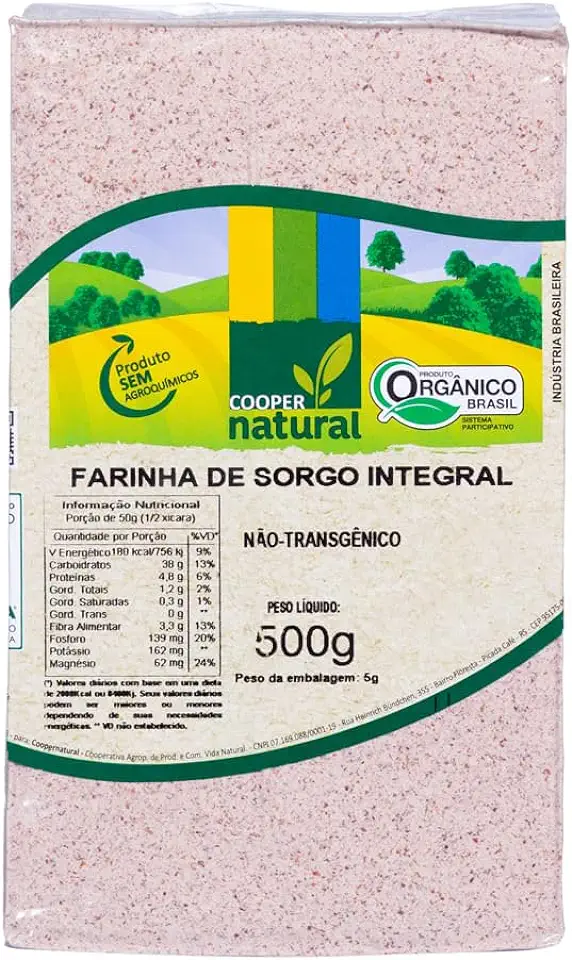
Sorghum - Antonio A. P. Schimidt
Sorghum: A Comprehensive Guide to the Genus
Introduction
Sorghum is a versatile and resilient crop that has been cultivated for thousands of years. It is a staple food for millions of people around the world and is also used for animal feed, biofuel, and other industrial purposes.
In this comprehensive guide, Antonio A. P. Schimidt provides a detailed overview of the genus Sorghum, including its history, taxonomy, morphology, genetics, and physiology. He also discusses the crop's cultivation, management, and pest and disease resistance.
History and Taxonomy
Sorghum is believed to have originated in Africa, where it has been cultivated for at least 5,000 years. It was introduced to Asia and Europe in the 18th century and has since become a major crop in many parts of the world.
Sorghum belongs to the family Poaceae, which also includes wheat, rice, and maize. There are over 25 species of Sorghum, but only a few are cultivated for grain. The most common species is Sorghum bicolor, which is also known as grain sorghum.
Morphology and Genetics
Sorghum plants are typically tall and slender, with a fibrous root system. The leaves are long and narrow, with a distinctive midrib. The flowers are arranged in a panicle, which is a branched inflorescence.
Sorghum is a diploid species with a genome size of approximately 750 megabases. The genome has been sequenced and is available for public use. This has facilitated the development of molecular markers and other tools for genetic research.
Physiology
Sorghum is a C4 plant, which means that it has a specialized photosynthetic pathway that allows it to fix carbon dioxide more efficiently than C3 plants. This gives sorghum an advantage in hot and dry climates, where water is scarce.
Sorghum is also tolerant of a wide range of soil conditions, including saline and alkaline soils. It is also resistant to many pests and diseases, making it a relatively easy crop to grow.
Cultivation and Management
Sorghum is typically grown in tropical and subtropical regions, but it can also be grown in temperate climates. The crop is usually planted in the spring or summer and matures in 90 to 120 days.
Sorghum can be grown on a variety of soil types, but it prefers well-drained soils with a pH between 6.0 and 7.5. The crop requires moderate amounts of water, but it is drought tolerant.
Sorghum is typically fertilized with nitrogen, phosphorus, and potassium. The crop can also benefit from micronutrients such as zinc and iron.
Pest and Disease Resistance
Sorghum is resistant to a wide range of pests and diseases, but it can be affected by some common pests, such as aphids, mites, and birds. The crop is also susceptible to a number of diseases, including fungal diseases, bacterial diseases, and viral diseases.
There are a number of management practices that can be used to reduce the risk of pest and disease damage to sorghum. These practices include:
- Using resistant varieties
- Planting at the proper time
- Using crop rotation
- Applying pesticides and fungicides as needed
Conclusion
Sorghum is a versatile and resilient crop that has a long history of cultivation. It is a staple food for millions of people around the world and is also used for animal feed, biofuel, and other industrial purposes.
This comprehensive guide provides a detailed overview of the genus Sorghum, including its history, taxonomy, morphology, genetics, and physiology. He also discusses the crop's cultivation, management, and pest and disease resistance.
If you are interested in learning more about sorghum, this book is an essential resource. It is a valuable tool for farmers, researchers, and anyone else who is interested in this important crop.